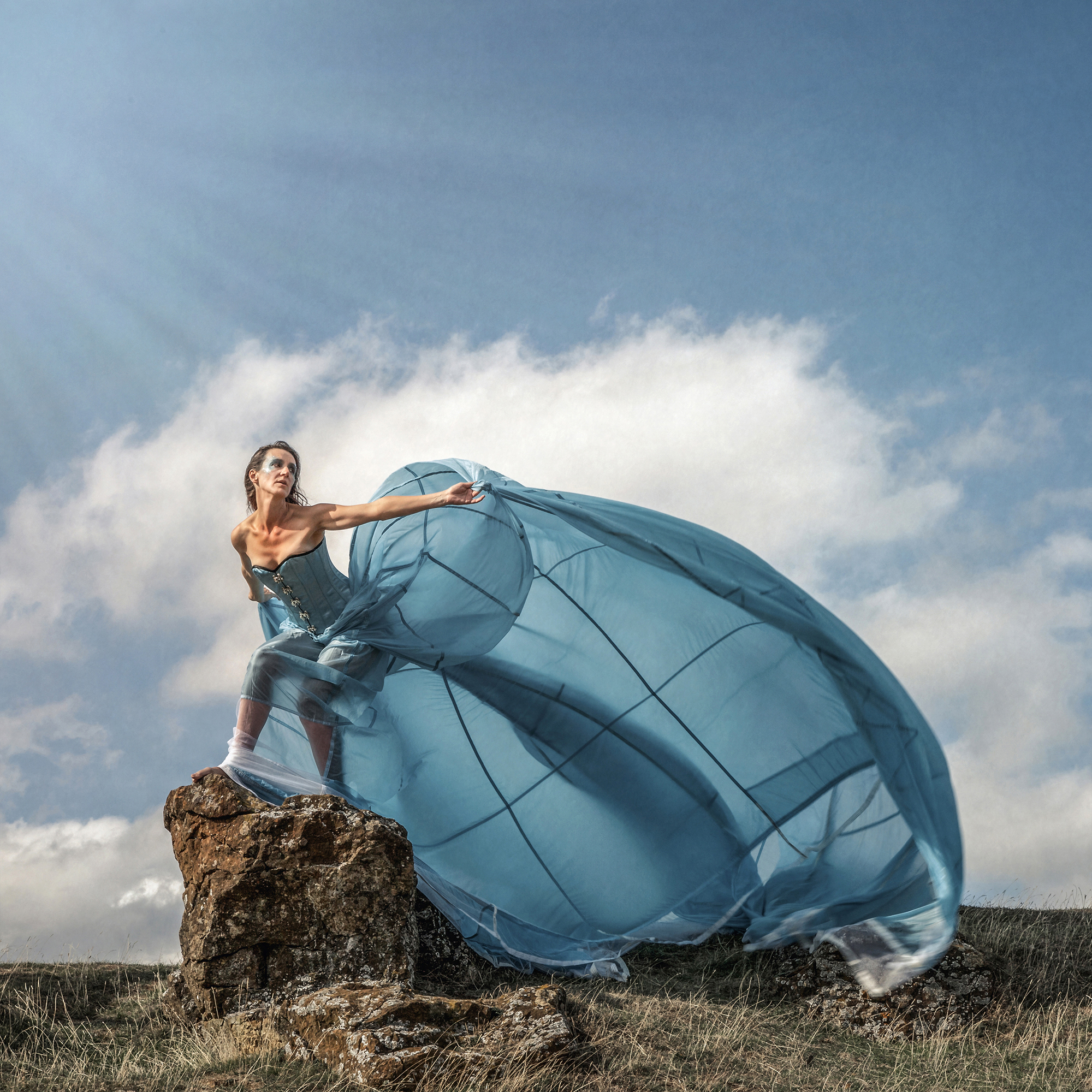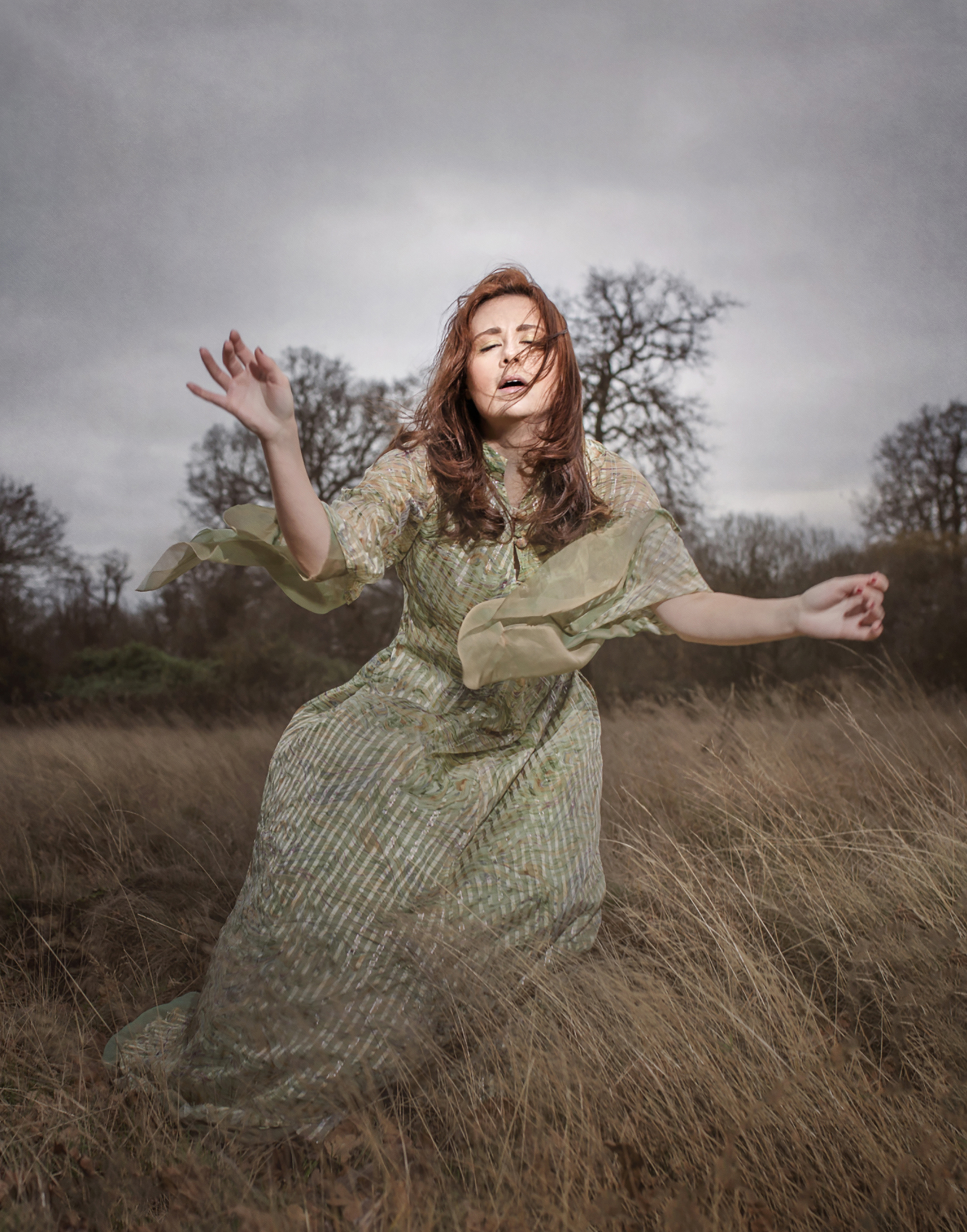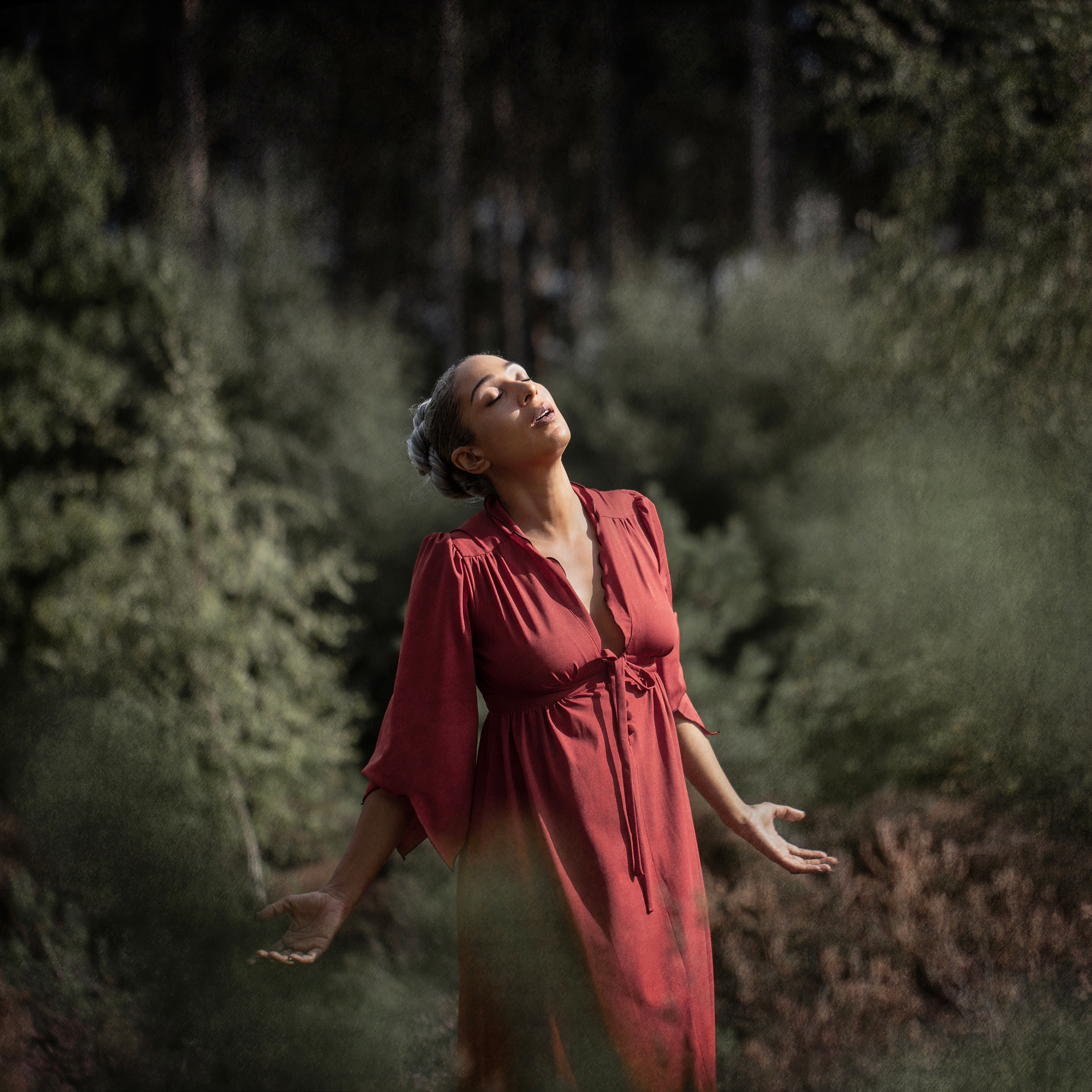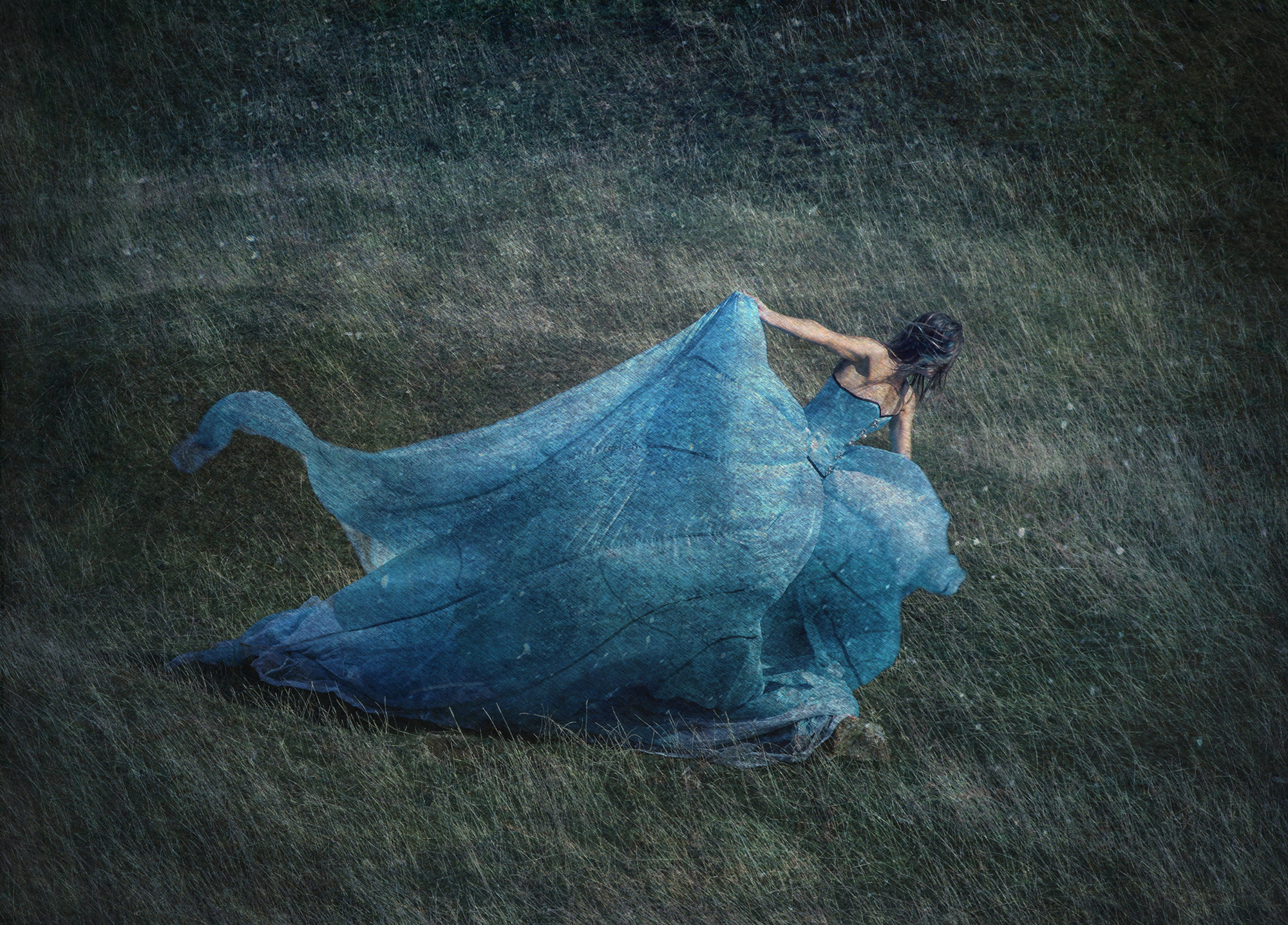A Selfie Changed My Life by Kathryn Chapman
Please note: This article contains references to suicide which some individuals may find distressing.
Kath is a portrait and self-portrait photographer, speaker and mentor, specialising in transformation through creativity. She is a passionate felt-sense advocate, fascinated in exploring the powerful potential to see ourselves better through art. Kath was interviewed by Rankin in 2021 and selected for his 2022 Unseen exhibition in London. She speaks regularly at the NEC’s Photography Show, is a proud member of the Uninvisibility movement and was one of 100 UK photographers to be chosen for the 2020 Vision Project.

I used to loathe who I was. I hated my body, my mind, my face, my hair, my voice, my laugh, my inner critic, my feelings. I had no self-compassion and absolutely no idea how to love myself or even what that meant. I did everything I could not to feel my emotions plus I was raging against something that was making all the bad thoughts true. I existed in a dissociated, confused, numbed-out-tuned-in agony. Sometimes I’d feel incandescent rage and injustice, other times infinite emptiness.
When I reached rock bottom, I tried to take my life. I ended up in hospital, after which I embarked on 25 years in and out of talking therapy. I achieved little and was left feeling drained, hopeless, useless and very, very tired of talking.
In 2015 my mental health hit a massive low when I was knocked off my bike and I fell into another deep depression. A subsequent psych assessment revealed clinical depression, severe anxiety and "off the scale” PTSD. The severity of what was reflected back was a shock and I promised myself I’d do things differently. My way. One thing at a time. Once and for all.
I started with cognitive behavioural therapy and tackled the self-medicinal anaesthetising I was doing with alcohol. As I drank less, buried traumas surfaced and it was here that I finally started to get a handle on my why. It helped enormously to understand the anger, but didn’t stop the cycle of depression and ferocity of my inner critic.
The mirror held up during the psych assessment had, however, planted a seed. Three years after the accident, I did a self-portrait shoot, holding a mirror up to myself. I wanted to see if everything was as bad as it felt; to look myself in the eye and face myself fully. So I got into the studio, sat with my most difficult emotions and photographed what was there. I called the shoot, Face to Face.
"I hadn’t thought about how I’d react to the images - what I’d think or feel, or what they might teach me. But there, looking back was a woman in agony, desperate for love and care, and the only person who could give her that was me. It was an emotional and powerful moment."
Amongst the pain and hurt, I saw vulnerability, courage, resilience and strength. Here I was in all my beautiful mess and I didn’t hate what I was looking at. It was the first time I fully saw and fully accepted myself; the first time I gifted myself kindness, patience and gentleness. I couldn’t deny what was looking back at me and I experienced a deep self-compassion that has remained ever since. The images changed what I thought of myself, what I said to myself, what I saw in myself, what I did to myself. It was transformative.
It was the catalyst I so desperately needed to begin self-care and feed my soul. I realigned with my spiritual needs, discovered a way to quieten my inner critic - the surprising result of a second self-portrait - and I celebrated my sense of emotional freedom via a third, my Freedom Shoot.
I woke up every day feeling better and better; I wasn’t depressed anymore. I’d found my recovery strategy and wanted to see if this approach could benefit others. I spent a year trialling Face to Face and the results were amazing. I was affecting meaningful and lasting change through my art and it felt incredible. Soon after, I also starting offering Freedom Shoots and the revelations from my inner critic self-portrait formed part of each process.
I’d unexpectedly found my life purpose. That was nice. By holding up my own mirror, I’m now able to hold up mirrors for others so they can see how courageous, brave, beautiful and powerful they are; to bear witness and love all that they are, to know that they’re enough and to see themselves better. It’s hugely impactful and incredibly moving.
My passion using photography this way grows ever bigger. I’ve come to realise that all I’d ever wanted is for the emotion in my art to be felt; for it to evoke a strong response (whatever that was) in those who needed to feel it. The felt response is hugely important for personal insight and growth, and we can access it everywhere. It’s my fundamental call to create and I’ve never wanted my art to be viewed in any other way. I began to wonder if other photographers felt the same.

In 2022, I created Felt Photographic, an online gallery of images selected purely on emotional responses, celebrating our humanity through the felt sense. I wondered if anyone would be interested in it and if it would be helpful for them. Or maybe they’d think I was a weirdo. Either way I’d win. So I set it up, curious about what would happen.
Felt Photographic is the antidote to open calls, existing to challenge the norms of artistic judgement and help deconstruct the elitism and intellectualisation of art. There's no critique, scoring, technical appraisal or judging - it is curated entirely on the felt sense, from how the panel select images to how the galleries are arranged. The Felt Process.
It exists to celebrate the reason we create in the first place - from emotion to bring forth emotion, helping bring us back to our universal experience. And the photographers who take part love that their work is held in a place of feeling. We can’t get our creativity wrong - judging can inhibit the creative process and crush confidence.
The panel (most are not pro-photographers) like it because they don’t have to know anything about photography or art to immerse themselves in the experience, and visitors are invited to notice when they’re having a strong response to what they’re looking at and how this can help inform what they need. It’s a beautiful way to experience art and what it means to be human.

My first open call, LOST FOR WORDS, exhibited in May 2022 and the second, RAIN WILL FALL, in November 2022. My third, HATE-MODERN, was launched in February 2023 and invites photographic responses to the impact of hate in our modern world. The aim is to bear witness to the effect it causes and promote peace. I’m thrilled to be partnering with and raising money for Stop Hate UK.
I love experimenting with a different approach to art; it feels light, easy and free. It feels inclusive. We’re all the same - fragile, vulnerable humans improvising our way through life on a massive spinning rock somewhere in the universe.
I believe all art is valid and all responses subjective - however much knowledge we have. Art has the power to speak deeply and has the innate wisdom to provide new perspectives for meaningful change and transformational healing. Art healed me when nothing else could.

Looking back, I realise that however close I came, I never gave up hope. I never gave up thinking there must be something or someone that would make the difference I needed. The something that made the most difference was my first shoot and the someone that helped turn my most significant corner was me. I became my own light. Our answers are not out in the world, they’re inside of us. Sometimes we just need a bit of help to notice all the amazing things we are, whilst navigating the storms.
The felt sense crept up on me as a beautiful force which now drives everything I do, and in a world where we’re being encouraged to destroy or ignore our connection and what unites us, art can help us reconnect in such a wonderful way.
Be your own priority and keep searching for what you need, trusting in who you are. And most of all have hope, because without hope we have nothing.
This article was published in WE ARE, The Women in Photography magazine, March 2023.

